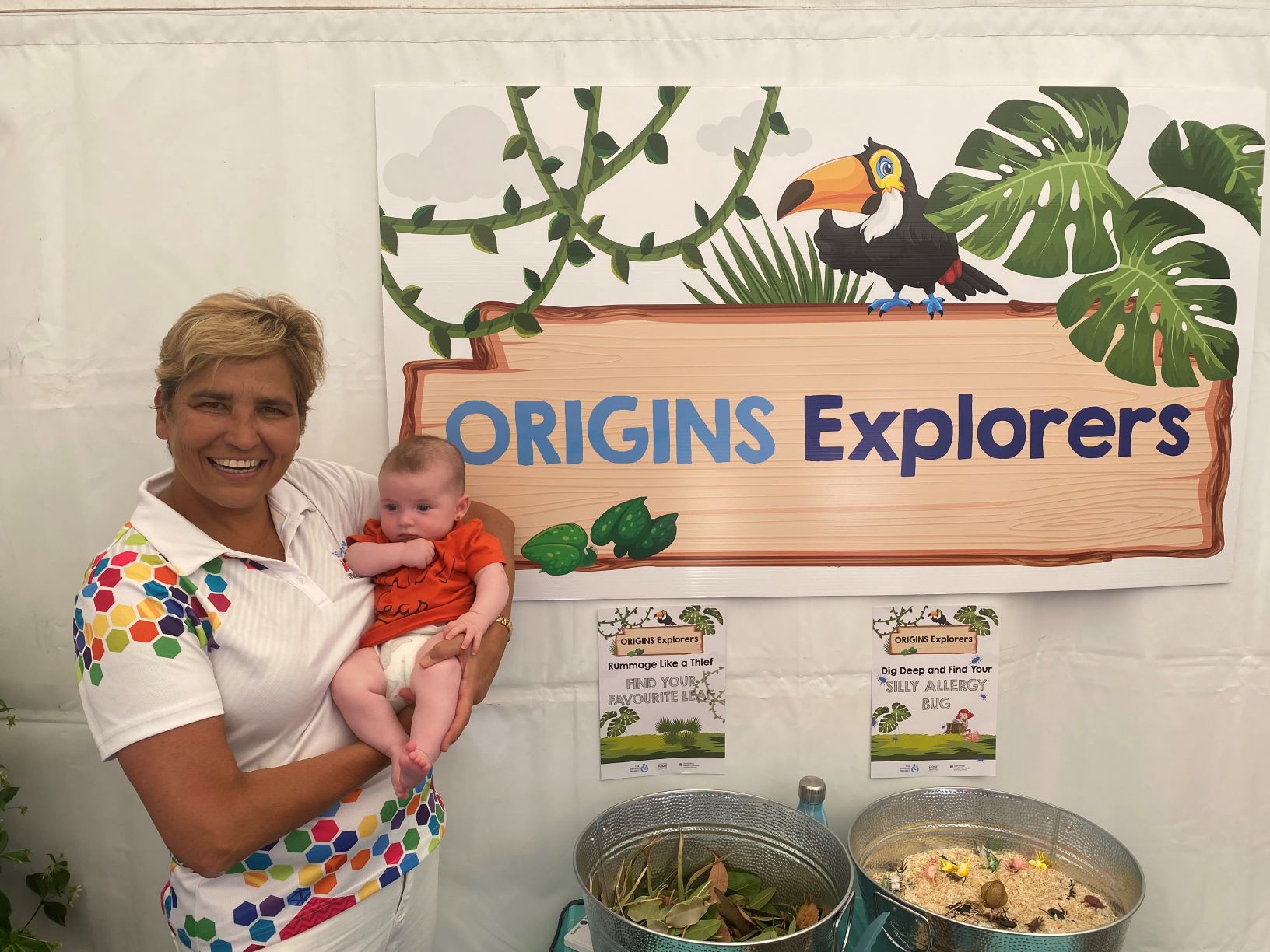Search
Research
Unusual paediatric spinal myxopapillary ependymomas: Unique molecular entities or pathological variations on a theme?We describe two unusual cases of MPE and use DNA methylation analyses to compare their signatures to try and distinguish if these represent a unique subset.
Research
Motivational interviewing as a positive response to high-school bullyingWe provide a narrative review of Motivational Interviewing and map its core features onto the extant literature on self‐reported motivations for bullying
Research
Genome-wide association and HLA fine-mapping studies identify risk loci and genetic pathways underlying allergic rhinitisGWAS analyses of allergic sensitization against inhalant allergens and nonallergic rhinitis suggested shared genetic mechanisms across rhinitis-related traits
Research
Exercise training improves vascular function and secondary health measures in survivors of pediatric oncology related cerebral insultThis study demonstrates that exercise is achievable and has positive effects on vascular function, submaximal fitness, local strength and physical activity in a population of AYA survivors of pediatric oncology related cerebral insult
Research
Appendicular fracture epidemiology of children and adolescents: a 10-year case review in Western Australia (2005 to 2015)Increased fracture incidence in Western Australia between 2005 and 2015 identifies a concerning trend for bone health in children and adolescents
Research
The impact of psychotic experiences in the early stages of mental health problems in young peoplePsychotic experiences appear to be particularly associated with depressive symptoms and psychological distress, impaired role functioning and quality of life in help-seeking young people in the medium-term
Research
Has the Prevalence of Child and Adolescent Mental Disorders in Australia Changed Between 1998 and 2013 to 2014?This study examined whether the 12-month prevalence of major depressive disorder, attention-deficit/hyperactivity disorder, and conduct disorder among 6- to 17-year-olds in Australia changed between 1998 and 2013 to 2014. It also investigated whether changes in the prevalence of disorders over this time varied for children living in families containing 2 parents versus single parents, and families with high versus low income.

ORIGINS is a catalyst for change
Find out more about the activities and highlights of ORIGINS.
Meet the directors and researchers that make up the team behind ORIGINS.
